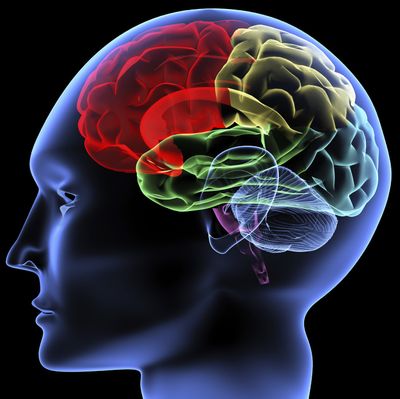DISCOVER WHO LIES THROUGH THEIR WRITING
Contents
• Behavior: sincerity and lies
• Causes of lying and its graphological features
• Practical identification of graphological features of the lie in writing
The seminar will last 1 hour, a link will be sent to you where you can view the seminar and we will answer your questions via email.
We will send you a certificate of attendance to the seminar to your email, once you have finished it.
Workshop on graphology and sexuality
Contents:
- INTRODUCTION
- STUDY OF THE CAPITAL C
- SYMBOLOGY
- MORPHOLOGICAL VARIABLES
- TYPES
- STUDY OF THE SMALL “g”
- 1st LAW: BY THE SIZE OF THE FOOT IN LENGTH.
- 2nd LAW: BY THE SIZE OF THE FOOT AS TO ITS WIDTH.
- 3rd LAW: BY THE SHAPE OF ITS BASE.
- 4th LAW: BY THE ROUTE.
- 5th LAW: BY THE INTERSECTION OF THE POINT WHERE THE COURSE IS CUT.
- 6th LAW: BY THE UNION OF THE CONSCIOUS PART WITH THE FOLLOWING LETTER.
The workshop will last an hour and a half, you will be sent a link where you can view the seminar and we will answer your questions by email.
We will send you a certificate of attendance to your email, once you have completed it.
PHYSICAL STATE AND GRAPHOLOGY
Own work of our teaching staff
WRITING IN EXTREME EMOTIONAL STATES (SUICIDE)
GRAPHOLOGICAL ANALYSIS ON FAMOUS FIRMS
Contents
• What does your signature say about you?
• How are firms studied?
• Graphological background
• The firms in graphology. Origin and meaning
• Differences in size, pressure and legibility between signature and text
• Signature and self-esteem
• Signature and way of being
• Signature and loyalty
• The rubric
• Celebrity signatures
Nonverbal language
EMOTIONS AND GRAPHOLOGY
GRAPHOTHERAPY IN PSYCHIATRY
Contents
• Introduction
• Study of the line
• Essences of the line
• Examples with real writings
• Examples of exercises with graphotherapy
• Conclusions
PERSONALITY DISORDERS. GRAPHOLOGICAL APPLICATION
Contents
• Group A (rare or eccentric disorders)
• Group B (dramatic, emotional or erratic disorders)
• Group C (anxious or fearful disorders)
• Interpretation of graphic productions in projective tests.
• Casuistry.











